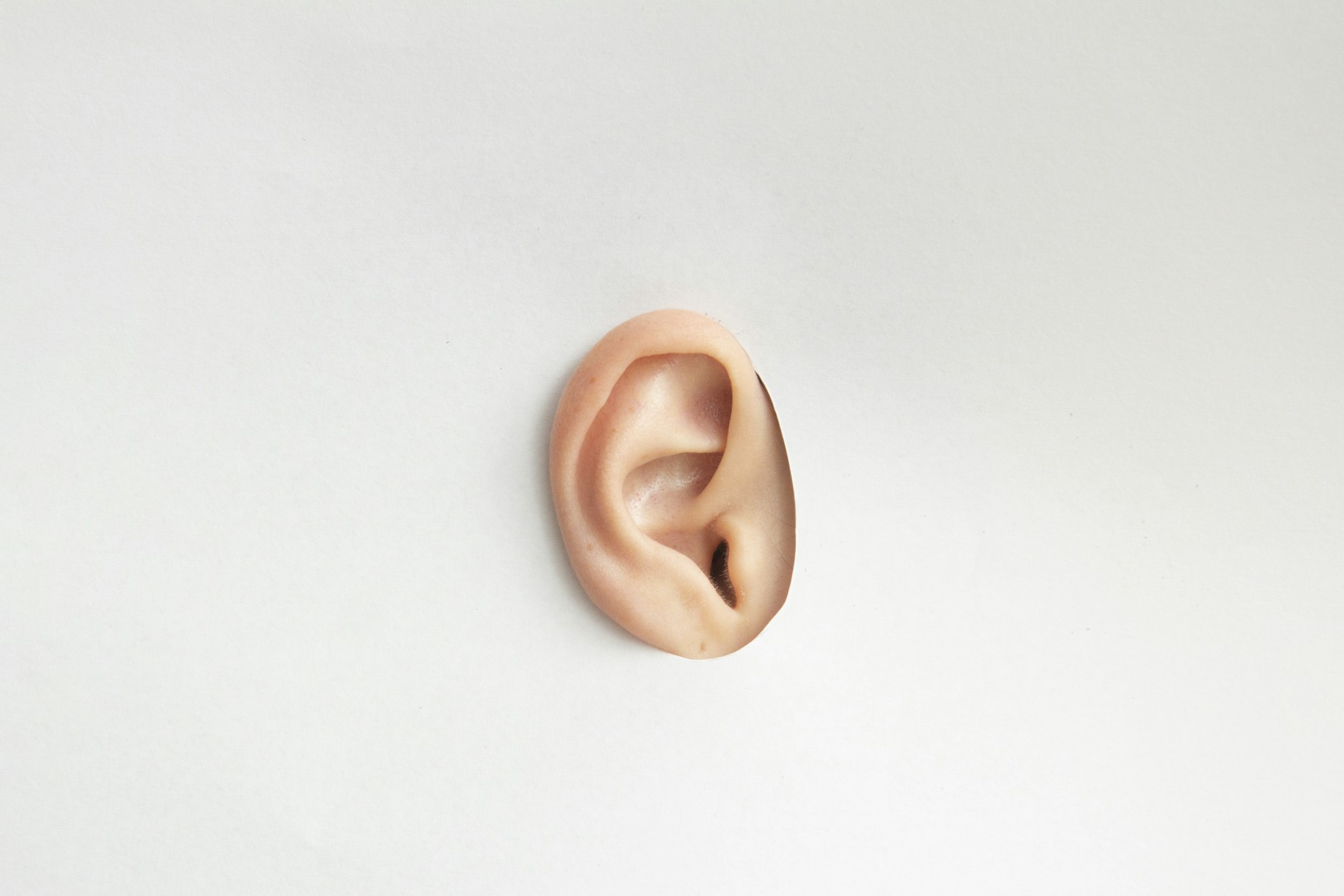We always find ourselves humming the same tune over and over, unable to shake it off. Well, there is science behind these musical invaders that set up camp in our brains. Let's talk about the anatomy of an earworm.
Earworm is that catchy song snippet that loops in your mind incessantly, whether you invite it or not. Scientists refer to it as involuntary musical imagery, and it's a curious part where psychology, neuroscience, and music theory converge.
Research suggests that the key lies in a perfect storm of simplicity, repetitiveness, and a dash of unpredictability. Songs that are easy to remember, with a hook that repeats like a broken record, are more likely to become earworms. But throw in an unexpected twist or a surprise chord change, and you've got a recipe for a musical squatter that refuses to vacate.
The auditory cortex processes the sound, the hippocampus kicks in for memory, and the frontal cortex takes care of the emotional response. Earworms, it seems, are experts at hijacking this neural orchestra.
Scientists have even used brain imaging to pinpoint the areas that get particularly chatty during an earworm episode.
It turns out that the default mode network, associated with mind-wandering and spontaneous thoughts, plays a starring role. When a song gets stuck, this network goes into overdrive, creating a loop of musical thoughts that seem to have a mind of its own.
On the other hand, not all songs are created equal in their earworm potential. Studies have shown that some common denominators make certain tunes more likely to haunt us. Upbeat tempos, a simple and singable melody, and a universally relatable theme seem to up the chances of a song becoming an earworm.
Now, the million-dollar question - How do we kick these musical guests out of our mental space? While there's no one-size-fits-all solution, some suggestions float around in the scientific community. Distract your brain with a mentally engaging task, listen to the full song to satisfy your brain's need for completion, or try replacing the earworm with another tune, preferably one that won't overstay its welcome.
Despite their sometimes bothersome nature, earworms can have some positive aspects. These persistent tunes often bring a touch of joy or nostalgia, acting as musical companions that accompany us through the day.
They can serve as a source of entertainment during mundane tasks, turning routine activities into a more pleasurable experience. Additionally, the presence of an earworm might indicate a strong emotional connection to a particular song, creating a personalized soundtrack to your life.
Finally, in the grand scheme of scientific inquiry, studying earworms might seem whimsical, but it's a challenge to understand the connection between our brains and the tunes we can't escape from.
Take comfort in the fact that science is on the case, unravelling the mysteries of these catchy, and sometimes maddening, musical loops. After all, in the grand concert of life, earworms are just one playful note.
